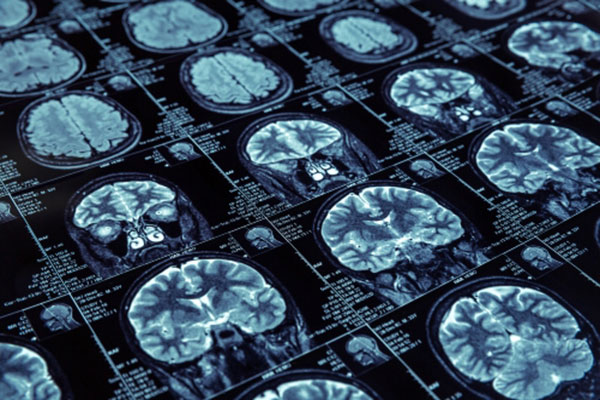
الدكتور منتصر سيد أحمد، يشارك في نشر دراسة جديدة بعنوان “عوامل تباين الجادولينيوم – التحديات والفرص المتاحة لنهج متعدد التخصصات: مراجعة الأدبيات”
ملخص البحث
Contrast agents is used in magnetic resonance imaging (MRI) to improve the visibility of the details of the organ structures. Gadolinium-based contrast agent (GBCA) has been used since 1988 in MRI for diagnostic and follow-up of patients, the gadolinium good properties make it an effective choice for enhance the signal in MRI by increase its intensity and shortening the relaxation time of the proton. Recently, many studies show a gadolinium deposition in different human organs due to release of free gadolinium various body organs or tissue, which led to increased concern about the use of gadolinium agents, in this study, the potential diseases that may affect the patient and side effects that appear on the patient and related to accumulation of gadolinium were clarified, the study focused on the organs such as brain and bones in which gadolinium deposition was found and the lesions associated with it, and the diseases associated with gadolinium retention includes Nephrogenic Systemic Fibrosis (NSF) and Gadolinium deposition disease (GDD). Some studies tended to improve the contrast agents by developing a new non-gadolinium agents or development of next-generation gadolinium agents. In this review article the latest knowledge about MRI contrast agent.
كيفية الاستشهاد للبحث:
Iyad, N., Ahmad, M. S., Alkhatib, S. G., & Hjouj, M. (2023). Gadolinium contrast agents-challenges and opportunities of a multidisciplinary approach: Literature review. European Journal of Radiology Open, 11, 100503.
رابط البحث
https://www.sciencedirect.com/science/article/pii/S2352047723000291